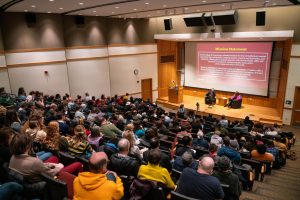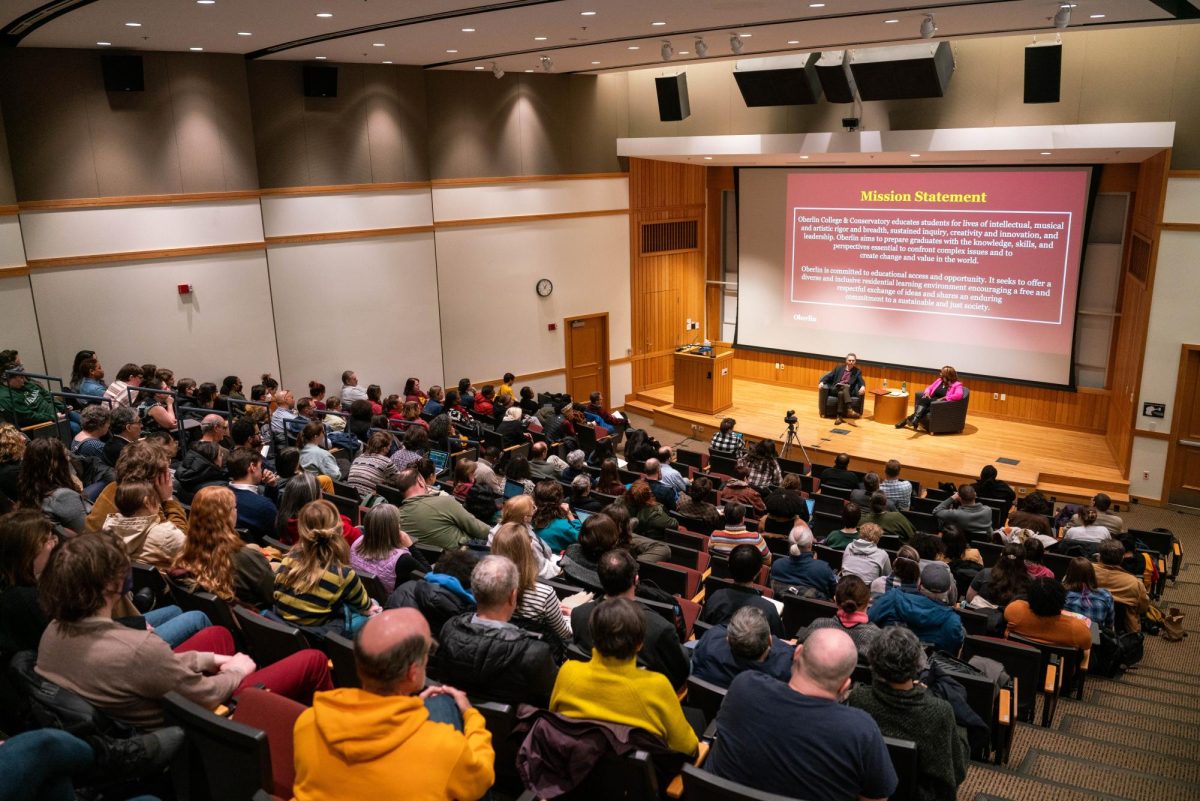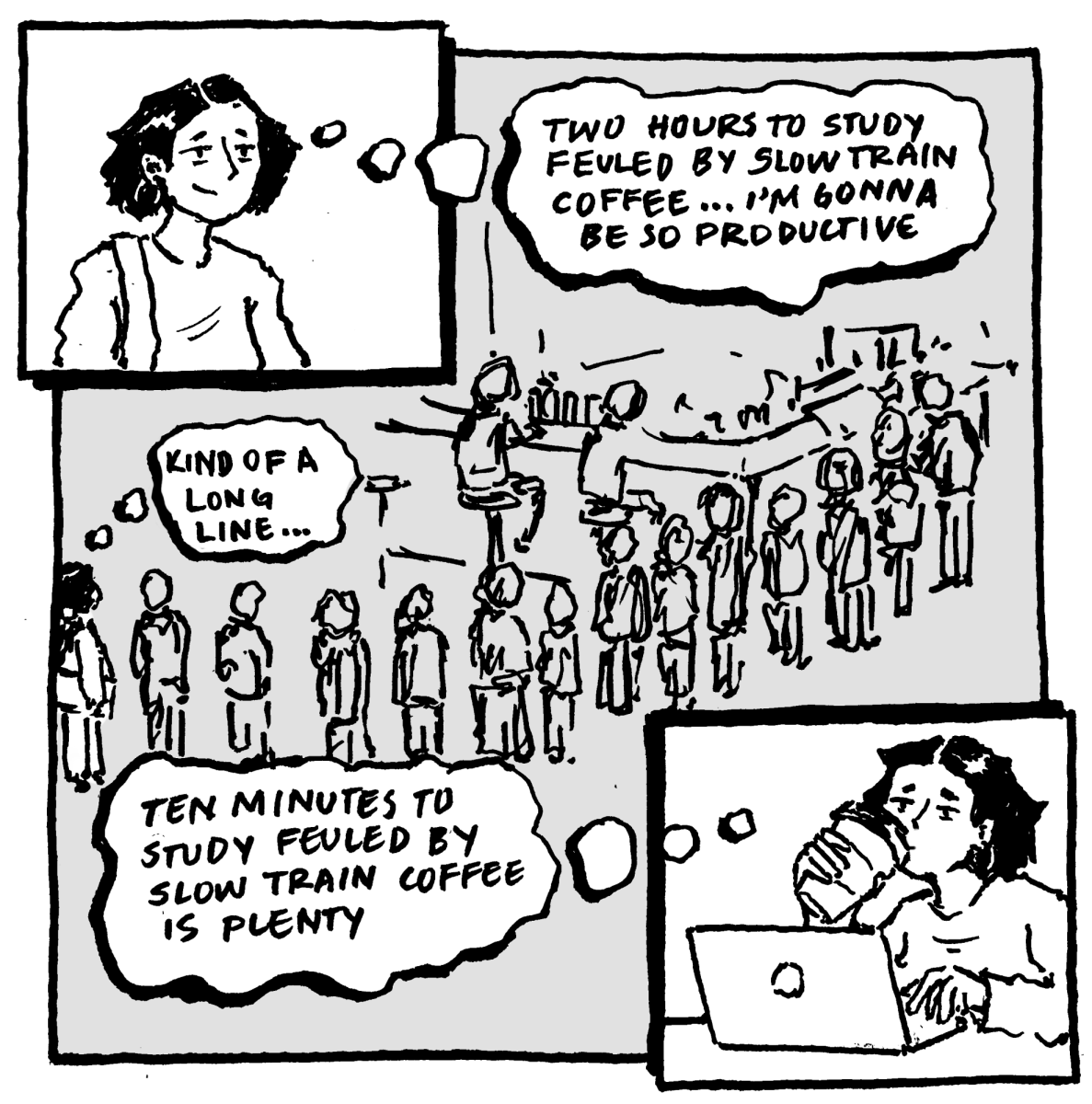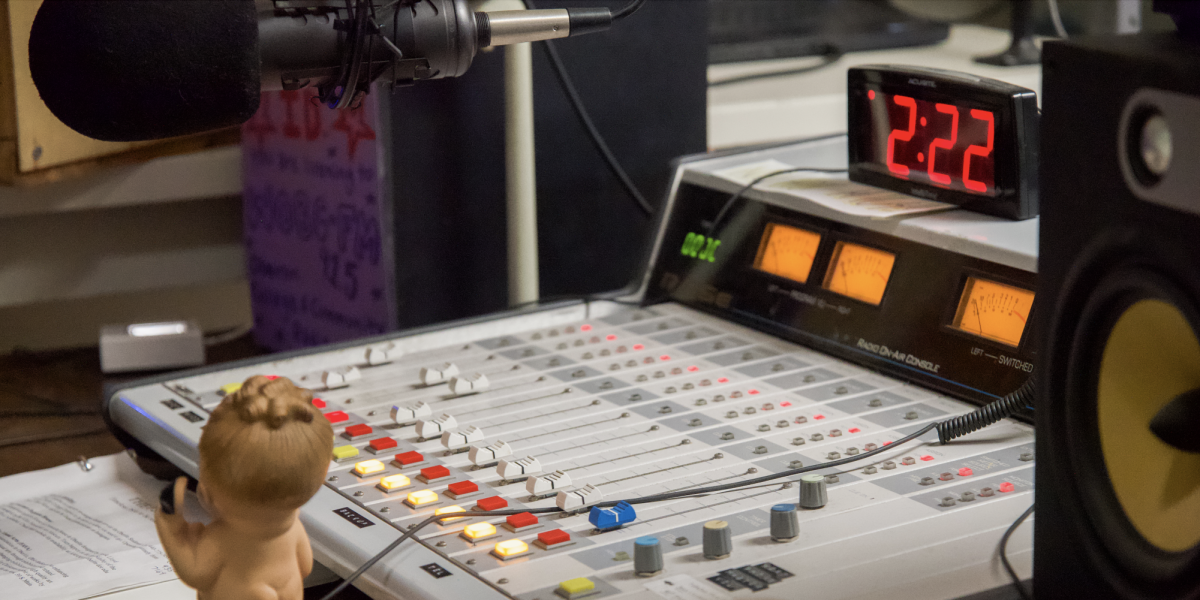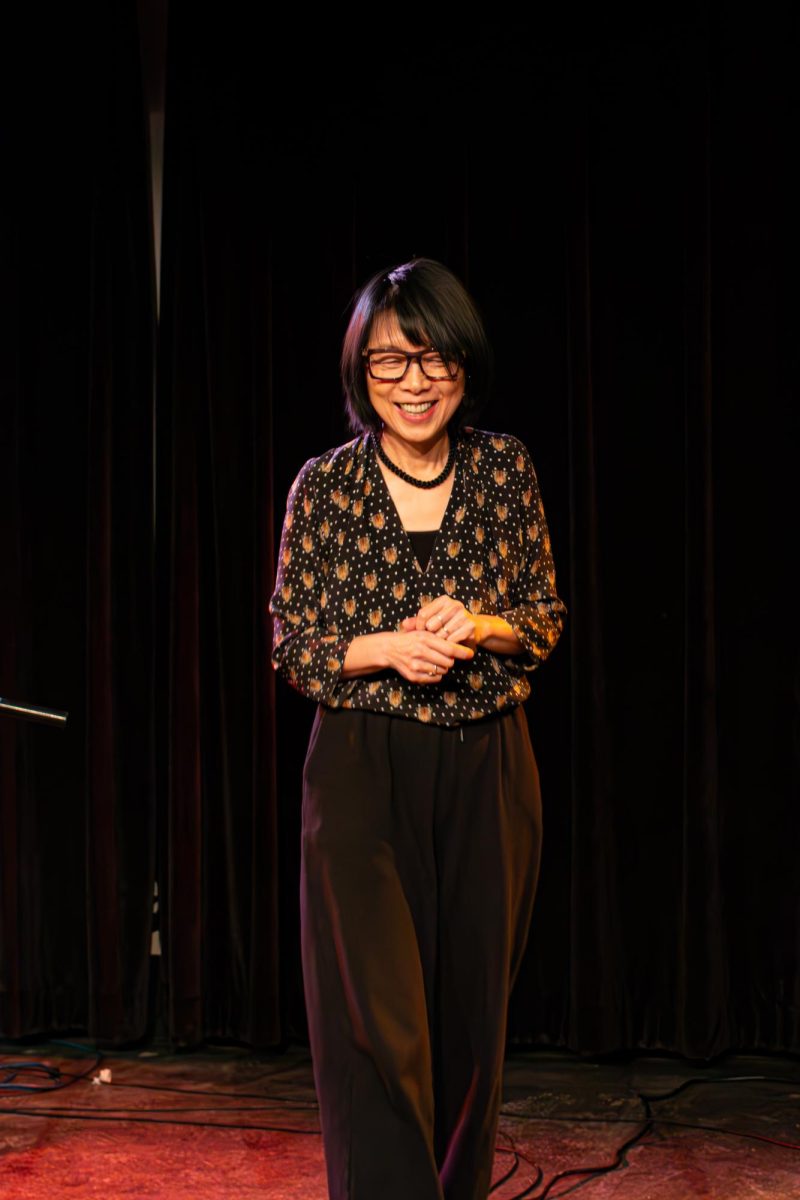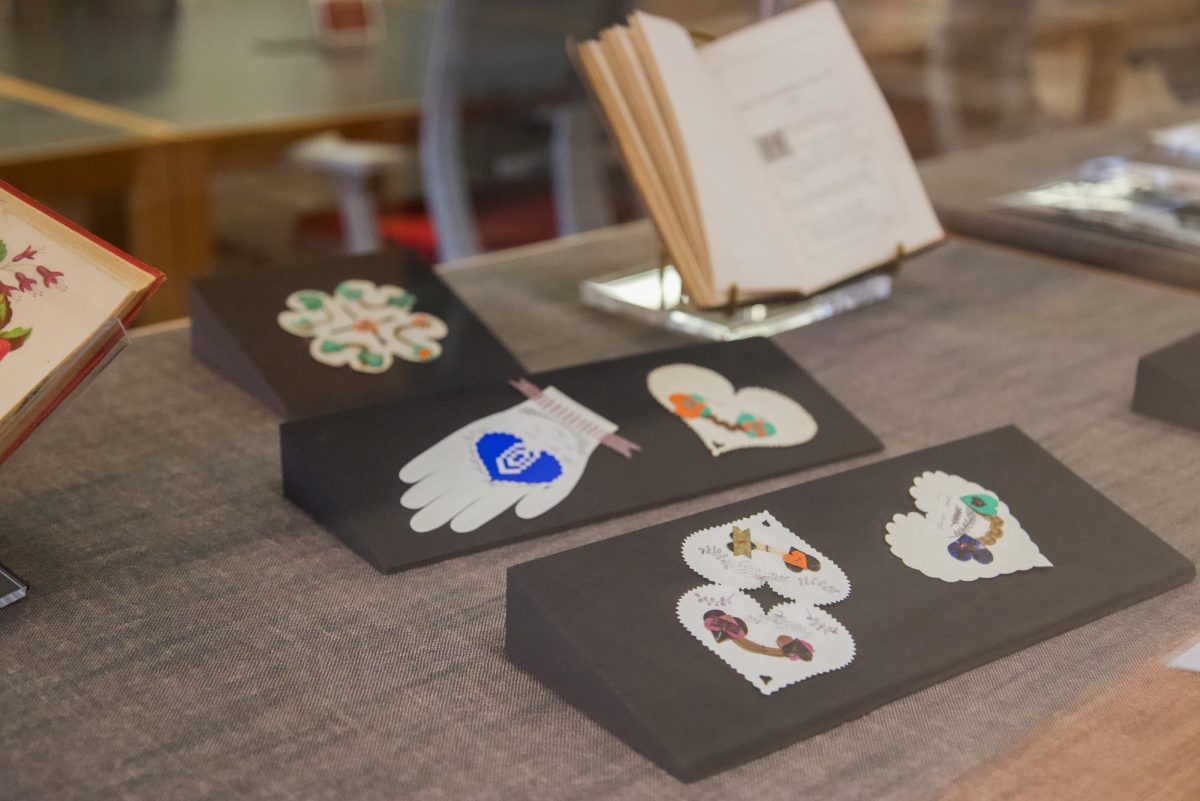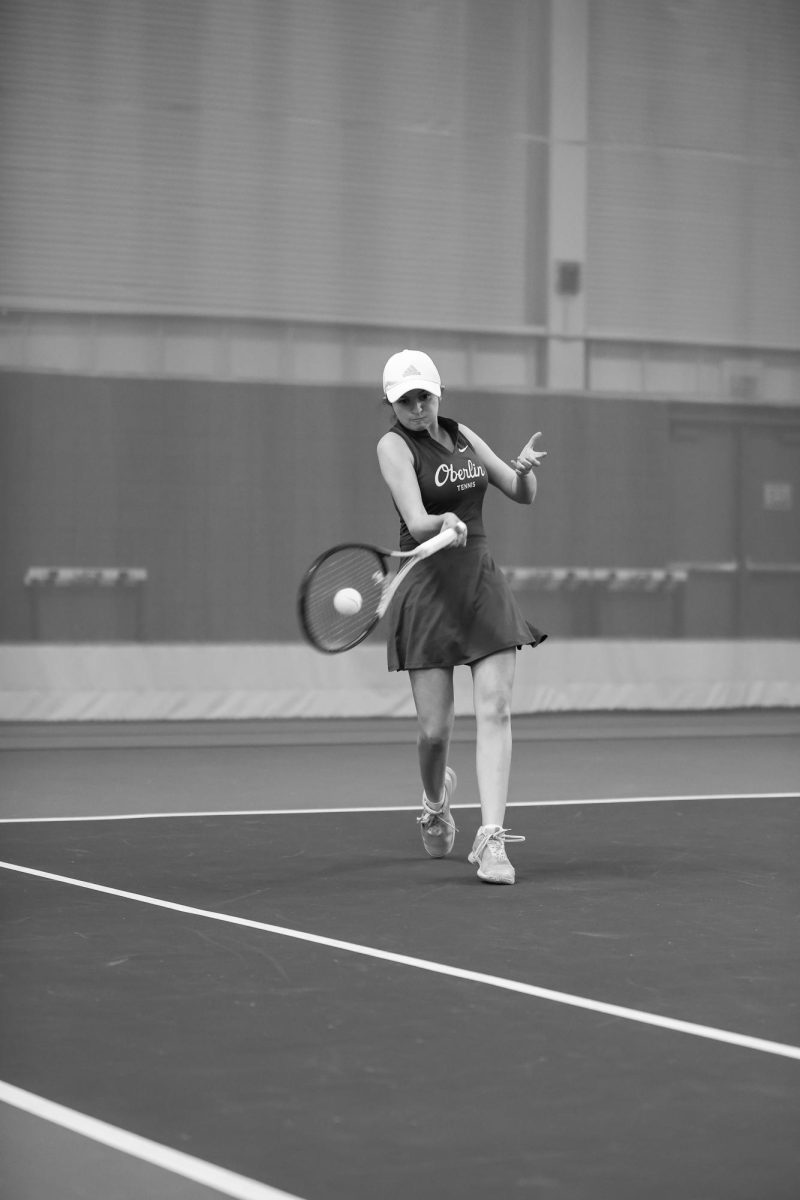Arts Review Ignored Intentional Complexities
April 22, 2011
To the Editors:
Your arts editor’s review of You and Me and Me and You ignored the quiet beauty and intentional complexities of College seniors Stephanie Lo and Sam Draisin’s artwork. As Jimmy Hagan pointed out, You and Me… focused on identity politics and “remained indecisive”. However, Hagan portrays this as a negative quality of their art and handling of such issues. Identity, whether on a personal, national or global level, is in constant flux. Through globalization, migration and simple travel, identity never ceases evolution or complication. It will never resolve itself and never should.
In the case of You and Me…, the inherent elusiveness of identity reads like an open book. Lo states clearly in her artist statement that she seeks to connect two cultural identities. Draisin’s photographs feature mixed-race individuals. Such identities and experiences are not locked down in a perpetual state. Your Arts Editor does not seem to comprehend how identity politics occurs in actual lives, outside classroom theorizing and presumptive readings. Being human condemns us to grapple with our place and identity; people should know this well, especially in such a complicated, ever-changing place as the United States.
The comparison between Rirkit Tiravanija’s culinary exhibition and You and Me… seemed forced and irrelevant. Lo and Draisin did not set out to feed white hunger for exoticism in truth or satire; they sought to explore their own observations and feeling on race, nationality and identity. Hagan felt Lo’s work “lacked any sense of the artist”, yet he ignored her photographic weaving piece entitled “Two Grandfathers.” This piece not only features images of the artist’s grandfathers, but it also deals with their legacy given to her. Hagan also minimized the significance of weaving, declaring Lo’s use as more “academic than personal.” Had he spoken with the artist or done any kind of research, he would have known better. Weaving is an intense, laborious task that calls for many hours of reflection. Weaving as a concept relates directly to Lo’s struggle to synthesize disparate, varied fragments of her whole identity. Weaving as it played out in Lo’s work relates directly through her mixture of materials and media. As for Draisin’s photographs, Hagan felt the scenes were “a bit too familiar” and “accessible”. Draisin portrayed the complicated state of people of color in our time and place. Being decades away from the Civil Rights Act of 1964 has placed a significant amount of people of color in similar realms as white people. In addition to institutional racism, people of color now must struggle with such issues as tokenism, mixed-race identity, glaring class disparities and relative privilege. Draisin portrayed this often-internal struggle in the stoic, contemplative stares of his subjects. In my opinion, a “too familiar” photographic portrayal of people of color would be poverty, famine or war-stricken individuals from any continent but here. Draisin’s seemingly normal scenes actually jar viewers.
Lo and Draisin depict the shifting landscape of race and class and allude to the concept known as “double-consciousness.” A term coined by W.E.B. Du Bois in 1903, double-consciousness can apply to many racial groups in the U.S. nowadays. A person of color in America lives as “two souls, two thoughts, two unreconciled strivings, two warring ideals in one dark body…” Your arts editor did not seem fit to respond to the complexities of Lo and Draisin’s exhibition. His review provided little more than didactic visual analysis and did not contribute to the discussion of identity politics in art. One must understand that stances on identity and art need not be resolved. They always change and are never universal.
— Adekemi Gbadebo
College senior



